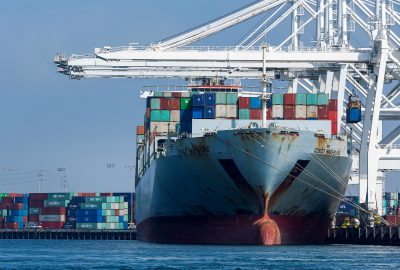
In a special U.S. policy oil and gas market update sent to Rigzone by the Rystad Energy team late Wednesday, Matthew Bernstein, a vice president of upstream research at Rystad, stated that, “despite President Trump’s intentions, a significant uptick in U.S. oil production is highly unlikely”.
“The ‘drill, baby, drill’ mantra overestimates the industry’s willingness to prioritize growth over investor returns in light of Tier 1 inventory depletion in core oil basins after 2030,” Bernstein said in the update.
“Trump hopes that speeding up permitting on federal land will help incentivize operators to extract more oil and gas, and while this is positive news for the industry, it’s unlikely to have a major impact on Lower-48 growth,” he added.
Bernstein also stated in the analysis that quicker permit approvals on federal land in New Mexico will further propel development in one of the most commercial portions of the shale patch but added that speed of permit approvals has not been a material roadblock drilling in the area over the past four years.
“In fact, in the fourth quarter of 2024, the third highest ever number of permits were issued on land with federal mineral rights, and production reached all-time highs,” Bernstein said.
Offshore
Thomas Liles, also a Rystad Energy vice president of upstream research, said in the update, “looking offshore, the geographies that the Biden administration had restricted in early January are mostly areas with very little industry interest”.
“Areas that could potentially be more compelling for exploration – notably, the Eastern Gulf of Mexico Planning Area – were already subject to a leasing moratorium through mid-2032, which Trump had previously signed in 2020,” he added.
“It is unclear how the new executive orders will ultimately affect these areas given the high likelihood of legal challenges,” he continued.
Liles stated in the update that the more impactful potential developments around offshore leasing could occur at the legislative level as Republican lawmakers attempt to shepherd one or more reconciliation bills through Congress, “with big implications for energy permitting, immigration, security spending, and an extension of the 2017 Trump tax cuts”.
“In any case, we can expect to see language around minimum leasing requirements in the Central and Western Gulf of Mexico planning areas that would go above and beyond BOEM’s current five-year lease sale plans,” Liles went on to state.
LNG
Also in the special market update, Rystad Energy’s SVP of oil and gas research, Amber McCullagh, noted that President Biden’s pause on approving non-FTA export licenses for proposed LNG terminals “drew sharp industry criticism” and pointed out that Trump ordered that non-FTA approvals resume.
McCullagh added, however, that Rystad sees this move as “reshuffling which pre-FID projects are most likely to be sanctioned but not significantly changing the level of FIDs”.
“U.S. LNG projects compete in a global market, and each additional FID draws on additional, higher-cost supplies, eroding their economic competitiveness,” McCullagh said in the update.
“To-date, LNG projects draw hardest on feedgas from the Haynesville shale, where remaining Tier 1 inventory is limited and increasingly consolidated among the largest operators,” the Rystad SVP added.
“Appalachia features the most untapped gas reserves, but moving these molecules to the coast is prohibitively expensive,” McCullah continued.
“Trump is likely to push for permitting reforms, but such changes would require an act of Congress, which saw some bipartisan interest in the last session,” the Rystad representative went on to state.
Rigzone has contacted the Trump transition team, the White House, the American Petroleum Institute (API), Senate Majority Leader John Thune, and Speaker of the House Mike Johnson’s camp for comment on Rystad’s special update. At the time of writing, none have responded to Rigzone’s request yet.
To contact the author, email











